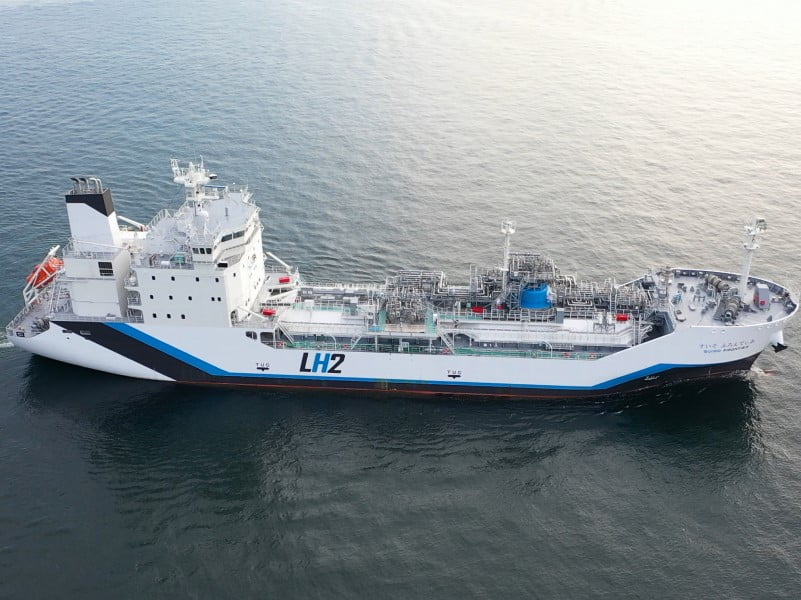The European Union has introduced a renewable hydrogen mandate that will require industry to procure 42 per cent of its hydrogen from renewable fuels, opening a large potential market for Australian exports.
The mandate, included in the updated EU Renewable Energy Directive approved on Monday, will increase to 60 per cent by 2035.
Blue hydrogen produced through steam methane reforming technology equipped with carbon capture technology will not contribute to reaching the targets.
Several supply chain studies have been undertaken between Australia and European countries to determine the requirements of establishing a renewable hydrogen supply chain.
This includes the two-year Australian-German HySupply feasibility study, which claimed that “mandates for clean hydrogen and hydrogen derivates use by industry sectors will be key” in building demand for Australian exports of green hydrogen.

The directive also includes a mandate that 5.5 per cent of renewable energy supplied to the transport sector come from advanced biofuels and renewable fuels of non-biological origin – mostly renewable hydrogen and hydrogen-based synthetic fuels.
Separately, the EU also approved the RefuelEU aviation initiative to oblige aviation fuel suppliers to ensure a minimum share of sustainable aviation fuel and synthetic fuels, produced using renewable hydrogen, is made available.
Around 9.7 million tonnes of hydrogen produced from fossil fuels is consumed in the EU annually, primarily in the production of chemical products such as plastics and fertilisers. Assuming the level of use remains fixed to 2030, more than four million tonnes of green will need to be produced domestically or imported annually.
The International Energy Agency estimated in October last year that Australia would be the world’s largest exporter of hydrogen by 2050.
Aside from HySupply, the federal government has also signed a memorandum of understanding (MoU) with the government of the Netherlands to promote clean energy supply chains. Several MoUs have also been signed directly between the Dutch Port of Rotterdam and Australian state governments.
Although Australia has the highest value hydrogen development pipeline in the world, at the start of July hydrogen projects worth just 10MW of electrolyser capacity has reached final investment decision. This is compared to around 1400MW of capacity in the European Union.
The new EU Renewable Energy Directive will officially come into force in 20 days later, from when EU member states will have 18 months to pass the requirements into national legislation. The updated directive was initially proposed on July 2021 as a part of the bloc’s objective to cut greenhouse gas emissions by at least 55 per cent on 1990 levels.
EU member states are able to reduce the renewable hydrogen use target by 20 per cent in 2030 if it meets one of two conditions.
If the country is either on track to meet its national contribution to the European Union renewable energy use target or “the share of hydrogen, or its derivatives, produced from fossil fuels which is consumed in that Member State is not more than 23 per cent in 2030 and not more than 20 per cent in 2035”.
The ongoing review of the national hydrogen strategy has flagged the introduction of a renewable production and demand target as a potential policy lever to support the development of Australian industry.
This has been backed by the Australian Hydrogen Council although they caution that more data is needed to specify a particular demand target and that there is “no point setting demand targets if there is no ecosystem to support the hydrogen industry”.
Do you know more? Contact James Riley via Email.

